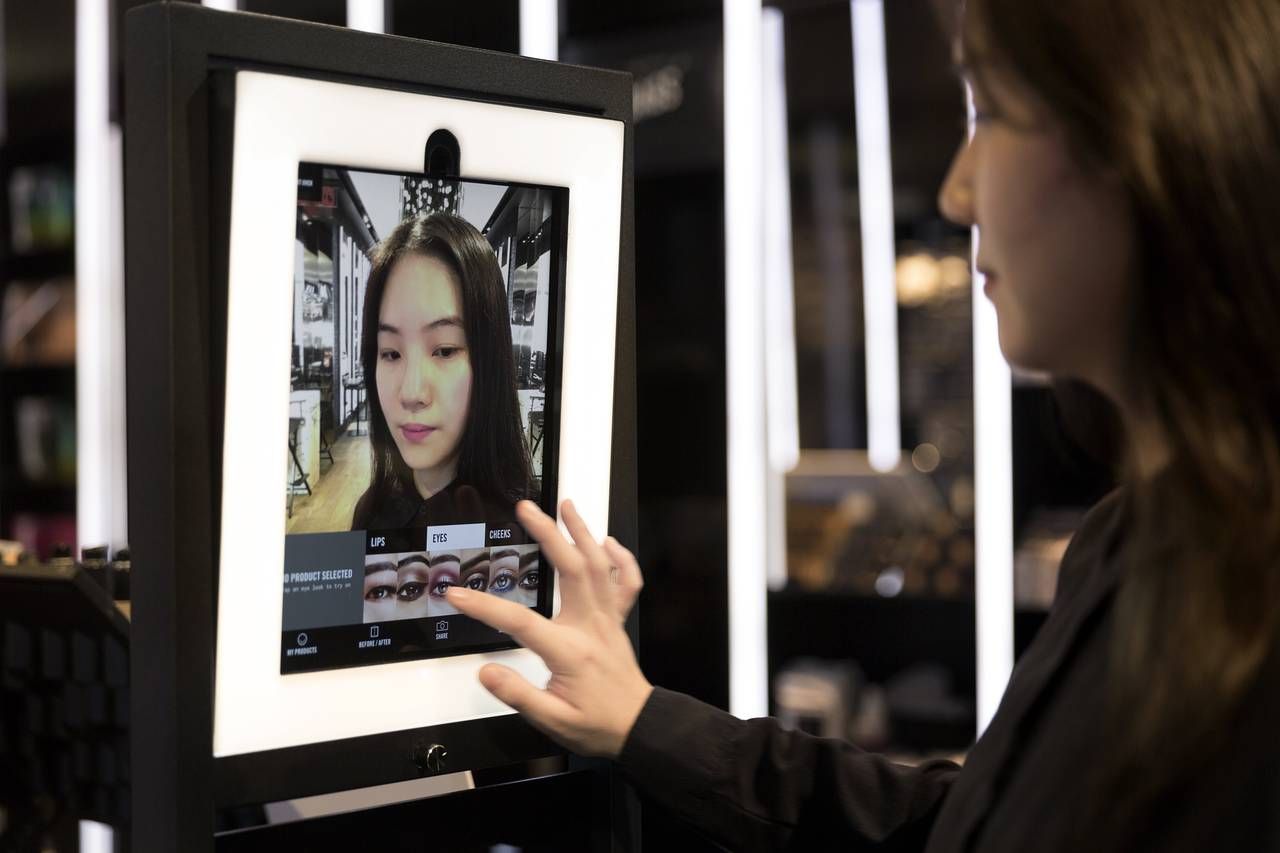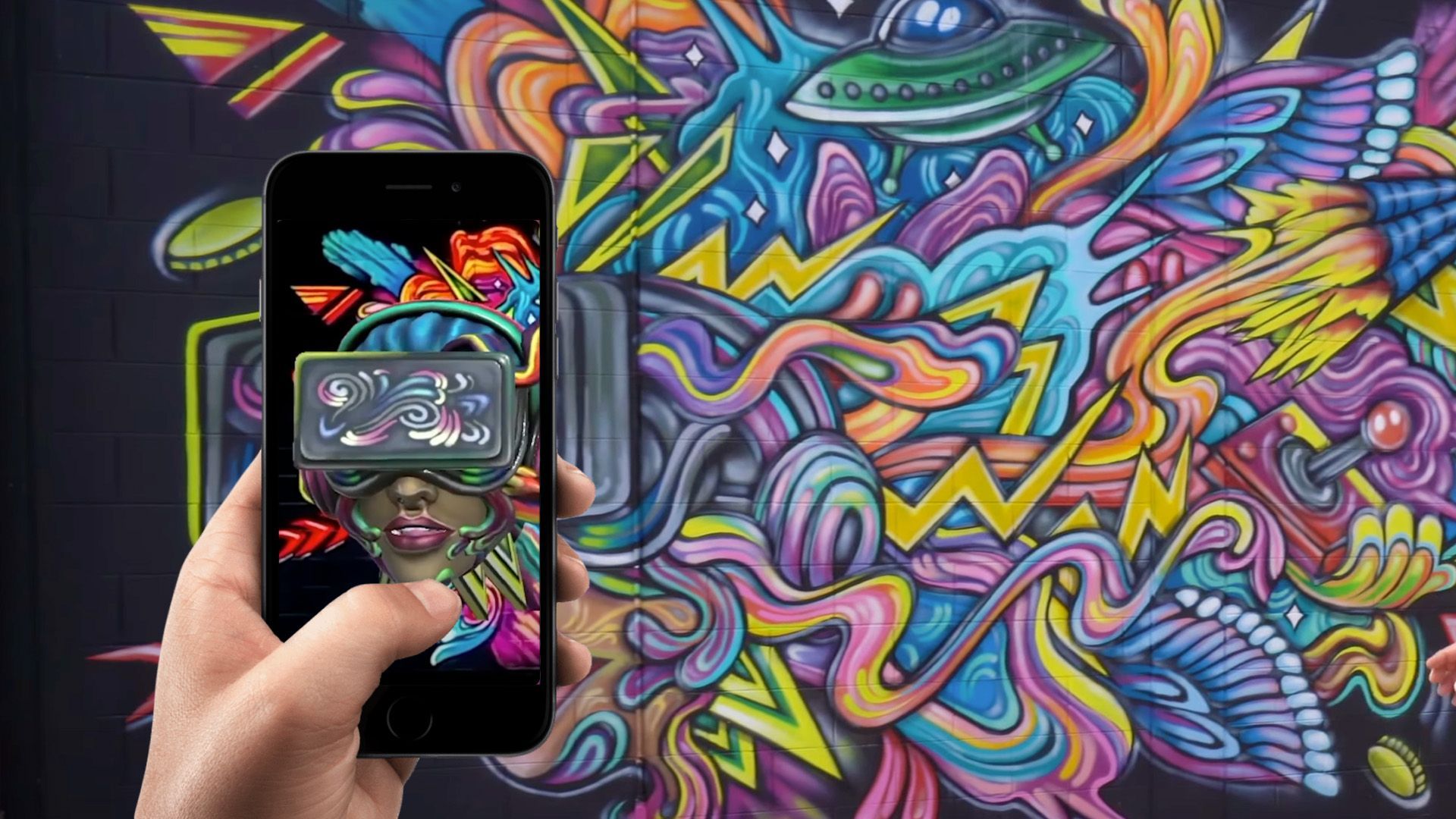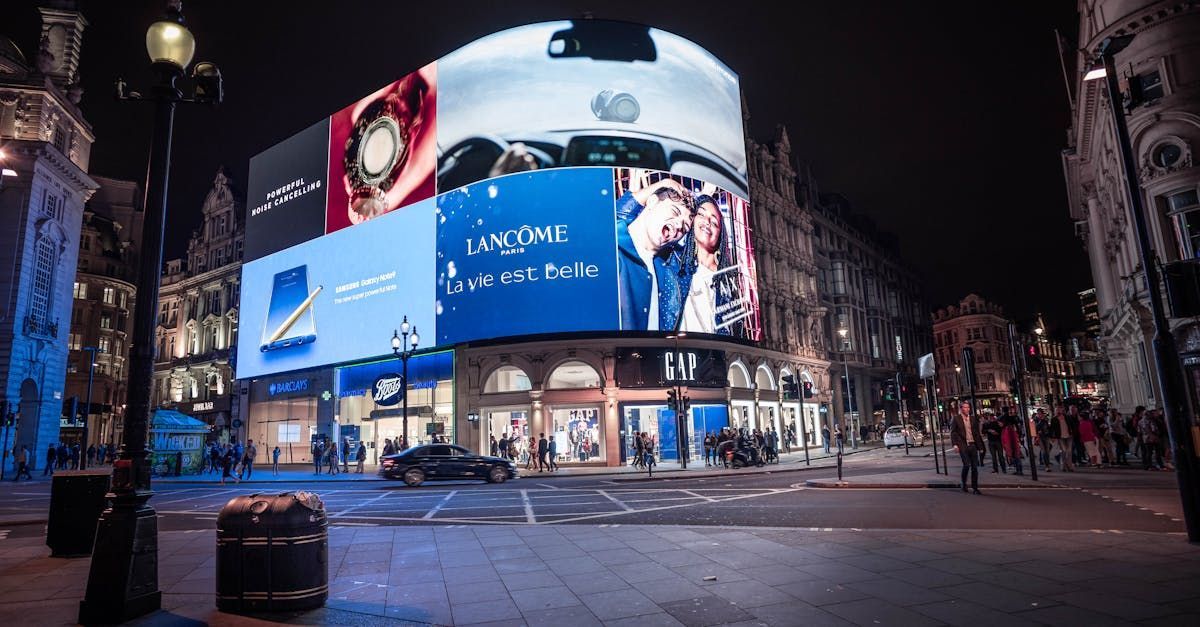Ethics and Challenges of AI in Image Creation
The advent of artificial intelligence (AI) has revolutionized numerous industries, and image creation is no exception. From generating realistic portraits to crafting abstract art, AI systems have become proficient at creating images with minimal human input. However, this rapid progression brings forth many ethical challenges that society must address. As AI image generation becomes more prevalent, exploring the ethical considerations and debates surrounding its use is crucial.
The Rise of AI in Image Creation
AI development in image creation has been spearheaded by advancements in machine learning, particularly in deep learning techniques. Models like Stable Diffusion have emerged as powerful tools to interpret textual descriptions and produce corresponding visuals, commonly called text-to-image generation. These art generators have democratized art creation, making it possible for anyone to produce high-quality images by simply typing a few words.
For instance, a user might input a prompt like "a sunset over a mountain range in the style of Van Gogh," and the AI generates images that match this description. The accessibility and versatility of these tools have led to a surge in AI-generated works across social media platforms, galleries, and commercial projects.
Applications of AI Image Generation
AI image generation has found applications in various fields such as entertainment, advertising, education, and design. In the entertainment industry, AI-generated works are increasingly used to create concept art, storyboards, and even final products in films and video games. Advertisers leverage AI art to produce unique visuals that capture consumer attention. AI helps visualize complex concepts in education, aiding in teaching and learning processes.
Moreover, AI art has gained popularity among art enthusiasts who appreciate the unique aesthetics produced by these algorithms. Online platforms and communities have emerged where users share and discuss AI-generated art, fostering a new form of digital creativity.
Ethical Considerations and Challenges
Despite the exciting possibilities, using AI in image creation raises significant ethical considerations. One of the primary concerns revolves around AI ethics, particularly the implications of using AI systems that generate images without proper oversight. Ethical debates have emerged about the potential misuse of these technologies, including the creation of deepfakes or misleading visuals that can distort reality.
Deepfakes, synthetic media in which a person's likeness is replaced with someone else's, have serious implications for privacy, consent, and misinformation. AI's ability to generate realistic human images can be exploited to spread false information or defame individuals, posing a threat to personal and societal well-being.
Intellectual Property and Ownership
Intellectual property rights are another critical issue. When an AI generates images based on training data from existing artworks, it blurs the lines of originality and ownership. Artists and creators worry about AI companies using their work without consent, leading to disputes over who holds the rights to AI-generated content.
For example, if an AI art generator is trained on thousands of copyrighted images and then produces new images that resemble or derive from those works, it raises questions about infringement and fair use. Legal frameworks are still catching up to these technological advancements, and there's an ongoing debate about whether AI-generated works can be copyrighted and who should own those rights—the user, the developer, or perhaps no one.
Privacy and Facial Recognition
AI image generation also intersects with privacy concerns, especially facial recognition technology. AI systems that generate realistic human faces can be misused to impersonate individuals or violate personal privacy. The potential for misuse necessitates carefully examining the ethical challenges associated with these technologies.
Moreover, using facial recognition in surveillance and law enforcement has raised alarms about civil liberties. There are concerns about the potential for racial profiling, wrongful identification, and the erosion of anonymity in public spaces. Combining facial recognition with AI-generated images could exacerbate these issues, making creating convincing but fraudulent visual content easier.
Training Data and Bias
Machine learning models rely heavily on training data, and biases present in these datasets can lead to skewed or discriminatory outcomes. If the data used to train AI art generators is not diverse or representative, the resulting images may perpetuate stereotypes or exclude certain groups.
For instance, an AI trained predominantly on Western art may not adequately represent other cultures, leading to a homogenization of artistic expression. Additionally, biases in training data can result in the AI producing images that reinforce harmful stereotypes or discriminatory practices. Addressing these biases is crucial for the responsible development of AI technologies.
Ethical Debates and Regulatory Responses
The ethical challenges posed by AI in image creation have sparked numerous ethical debates among technologists, ethicists, policymakers, and the public. There is a growing consensus on the need for regulatory frameworks that ensure the responsible use of AI.
Some propose that AI systems should be transparent, with clear documentation of how they operate and are trained. Others advocate for including ethical guidelines in the development process, ensuring that AI developers consider the potential impacts of their technologies from the outset.
International bodies and governments are beginning to address these issues. For example, the European Union has proposed regulations on AI that include provisions for transparency, accountability, and human oversight. However, implementing effective regulations is challenging due to the rapid pace of AI development and the global nature of technology.
The Future of AI Image Generation
As AI continues to evolve, developers and policymakers must work together to navigate the ethical landscape. Responsible AI development should prioritize transparency, fairness, and accountability. By proactively addressing the ethical considerations, we can harness the benefits of AI image generation while mitigating potential risks.
Educational initiatives are also essential. Increasing public awareness about AI technologies and their implications can foster a more informed society capable of engaging in meaningful discussions about AI ethics.
Conclusion
The intersection of AI and image creation presents exciting opportunities and profound ethical challenges. As AI systems become more sophisticated in generating images, society must engage in ongoing ethical debates to ensure these technologies are used responsibly. Balancing innovation with ethical considerations will be key to the sustainable integration of AI in the creative industries.
By addressing intellectual property, privacy, bias, and misuse issues, we can pave the way for AI image generation to contribute positively to art, culture, and society. It's a collective responsibility that involves not just developers and policymakers, but also artists, users, and the wider public.
TALK TO A PRO
We're here to bring your brand to life!
Stay Connected with BrandXR
Thank you for signing up to our monthly newsletter.
Please try again later.
Create Augmented Reality for Free!
Create, Publish, and Measure 3D Augmented Reality Experiences Without Having to Code.





SUPPORT
Detroit
Saudi Arabia
BrandXR. All Rights Reserved. Website designed by Unleash Media.








